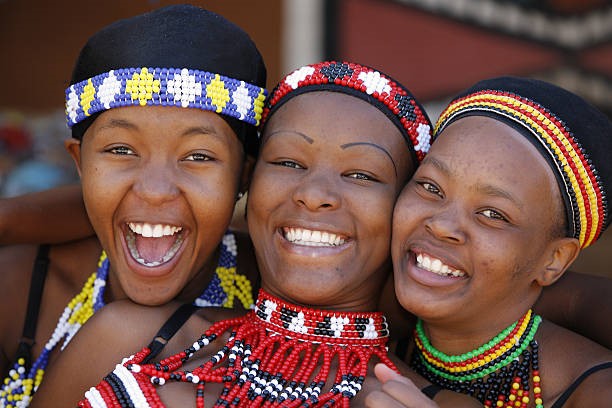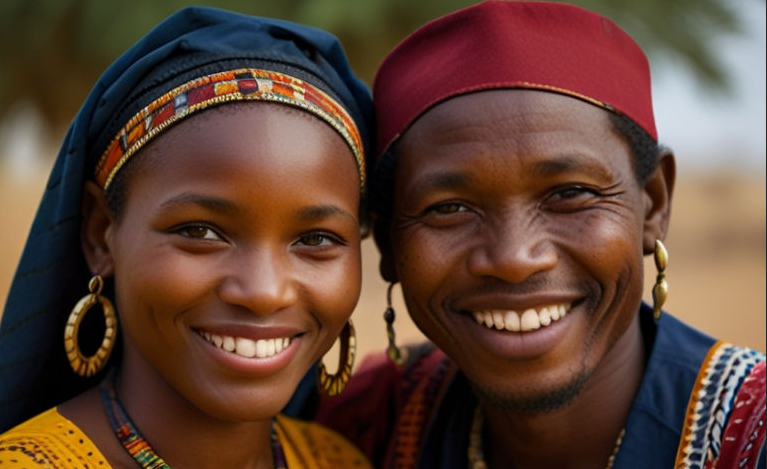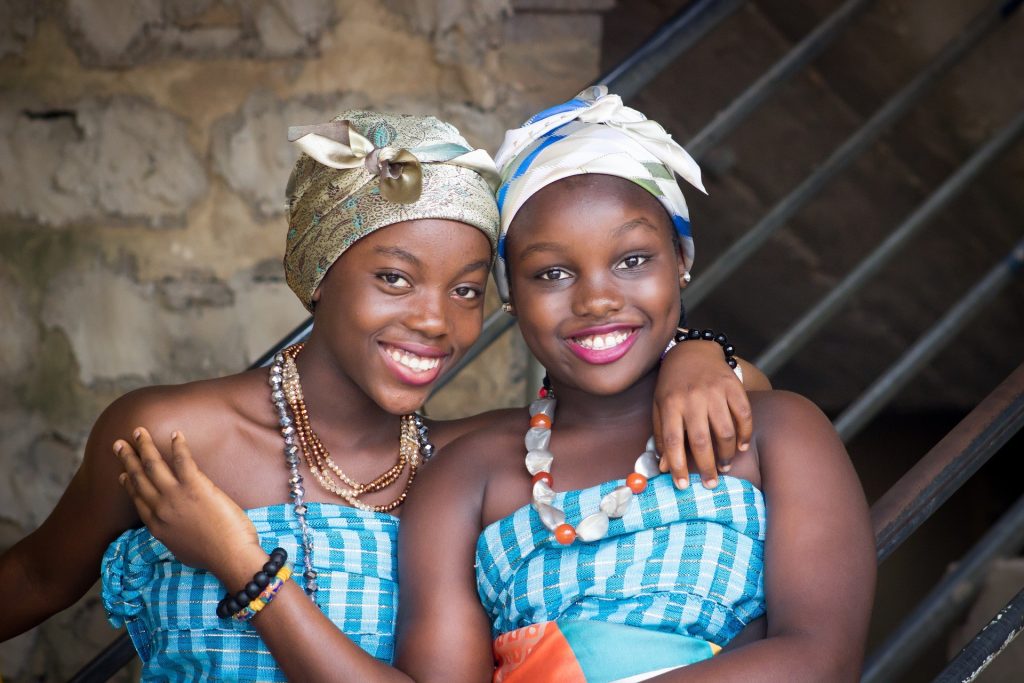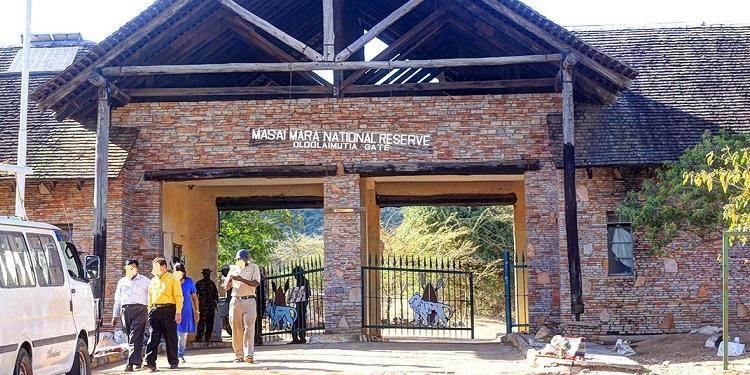History
Burundi is a small landlocked country located in the African Great Lakes region. It has a rich history dating back to the early kingdoms of the 16th century. The kingdom of Burundi, which was ruled by the Tutsi ethnic group, dominated the region until the late 19th century (Lemarchand, 1970).
In the late 19th century, the kingdom of Burundi was conquered by Germany as part of its colonial expansion in Africa. After World War I, Burundi became a part of the League of Nations mandate territory of Ruanda-Urundi, which was placed under Belgian control. During this period, the Tutsi continued to dominate the region, while the Hutu ethnic group remained largely marginalized (Lemarchand, 1970).
Following independence from Belgium in 1962, Burundi was ruled by a series of Tutsi-dominated governments. In 1965, a Hutu-led uprising resulted in the assassination of the country’s first elected president, Melchior Ndadaye, and sparked a civil war that lasted for over two decades (Lemarchand, 1970).
In the 1990s, a period of ethnic violence and civil war between the Tutsi and Hutu ethnic groups resulted in the deaths of hundreds of thousands of people. The violence eventually subsided in 2005, and a power-sharing government was established, with the presidency rotating between representatives of the Tutsi and Hutu ethnic groups (Lemarchand, 1970).
In recent years, Burundi has made significant progress towards stability and economic development. However, the country continues to face challenges, including political tensions, poverty, and food insecurity (Lemarchand, 1970).
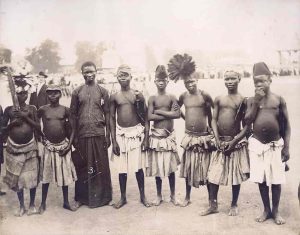
Location
Burundi is a landlocked country located in East Africa, bordered by Tanzania to the east and southeast, Rwanda to the north, the Democratic Republic of the Congo to the west, and Lake Tanganyika to the southwest (Central Intelligence Agency, 2021). It is situated between the equator and the Tropic of Capricorn, with a total land area of approximately 27,834 square kilometers (Central Intelligence Agency, 2021).
The country is located on the central plateau of Africa, which is characterized by rolling hills and valleys, with elevations ranging from 760 to 2,620 meters above sea level (Central Intelligence Agency, 2021). The central plateau is surrounded by mountain ranges, including the Rwenzori Mountains in the northwest, the Kibira National Park in the northwest, and the Makamba Range in the south (Central Intelligence Agency, 2021).
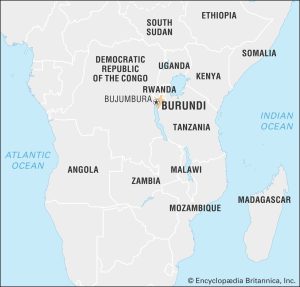
Climate
The climate of Burundi is classified as equatorial and is characterized by high temperatures and high levels of rainfall throughout the year. According to the World Bank (2020), the average temperature in Burundi ranges between 21°C to 27°C, with the highest temperatures recorded during the months of December and January.
Burundi experiences two rainy seasons each year. The first rainy season begins in March and lasts until May while the second rainy season occurs from October to December. The country receives an average of 1,500 mm of rainfall each year, with the heaviest rains falling in the central and southern regions of the country. This high level of rainfall contributes to the lush green vegetation that covers much of the country.
Despite its high levels of rainfall, Burundi is prone to periodic droughts, particularly in the northern regions of the country. The combination of high temperatures and low rainfall can lead to reduced crop yields and food shortages, making it difficult for farmers to provide for their families and communities (World Bank, 2020).

Languages
Burundi is home to a rich diversity of languages. According to Ethnologue (2021), Burundi has over 70 indigenous languages, including Swahili and French, which are recognized as the official languages of the country.
The most widely spoken language in Burundi is Kirundi, a Bantu language that is estimated to be used by over 85% of the population. Kirundi is not only used in everyday communication but also in religious, political, and educational settings (Ethnologue, 2021). In addition to Kirundi, other Bantu languages such as Rundi, Kinyarwanda, and Kihaya are also widely spoken in Burundi.
Another major language in Burundi is Swahili, a Bantu language that is widely spoken in East Africa and is recognized as one of the official languages of the country. Swahili has become a lingua franca in East Africa and is used for inter-ethnic communication, especially in urban areas (Ethnologue, 2021). French, which was introduced to Burundi during the colonial era, is also widely spoken and is used in official and academic contexts.
Moreover, there are many minority languages in Burundi that are spoken by small ethnic groups, such as Twa, Nande, and Tutsi (Ethnologue, 2021). These languages play an important role in preserving the cultural heritage of these ethnic groups and are protected by the Burundian government under its cultural policies.

